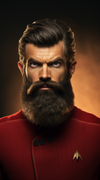The Cosmic Courtroom in Classic Science Fiction
A look at how classic science fiction has placed mankind on trial, from 1950s films to the arrival of Q in Star Trek: The Next Generation, exploring what these stories reveal about morality, technology, and our future among the stars.
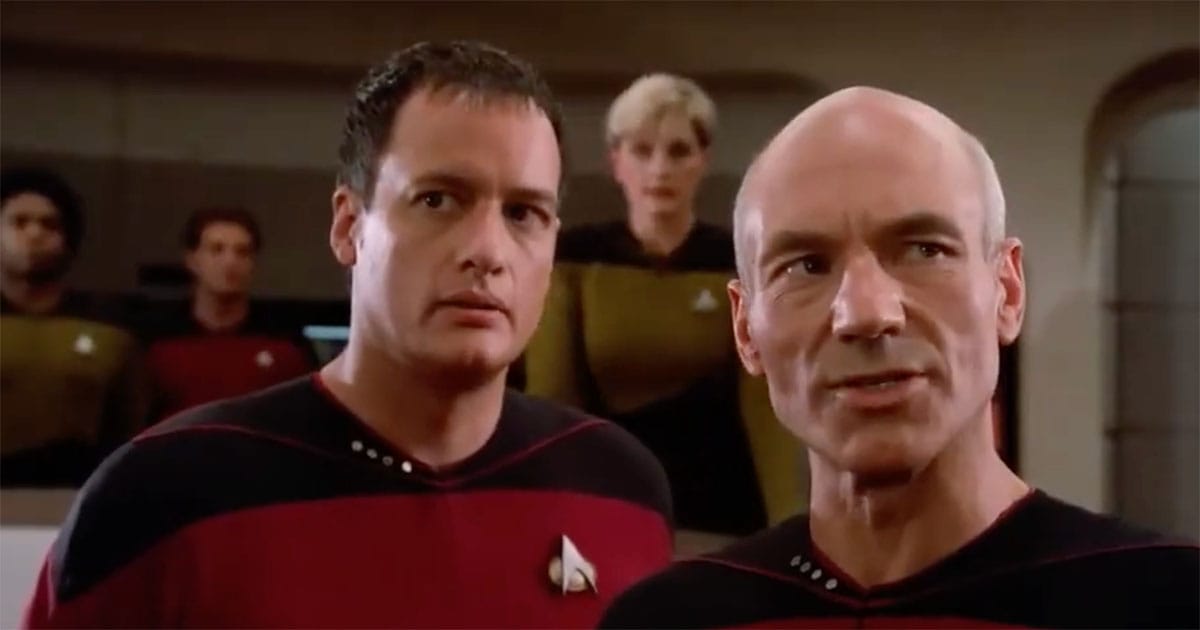
This Week in Classic Science Fiction
On September 28, 1987, "Star Trek" returned to television with the two-hour premiere of "Encounter at Farpoint." After nearly two decades away from the small screen, the franchise reemerged with a new starship Enterprise and a fresh crew led by Captain Jean-Luc Picard. For many viewers, it marked the beginning of a new era of televised science fiction.
The story followed the Enterprise-D as it investigated a mysterious starbase that turned out to be a living alien being. This central mystery introduced the series’ interest in morality, conscience, and the hidden costs of human ambition. It set the tone for adventures that challenged audiences to look past appearances to more profound truths.
"Encounter at Farpoint" also introduced Q, the powerful trickster who placed humanity on trial for its past brutality. His presence gave the series a philosophical edge that distinguished it from earlier television science fiction. This cosmic courtroom would remain one of the most distinctive elements of The Next Generation.
Though the premiere drew mixed reviews at the time, its impact has grown with distance. The episode launched a seven-season run and inspired four feature films. Today, "Encounter at Farpoint" is remembered as the cautious but promising first step of one of television’s most enduring science fiction sagas.
Sponsored by: Yellow Conehead Alien | پیلا کون ہیڈ ایلین T-shirt
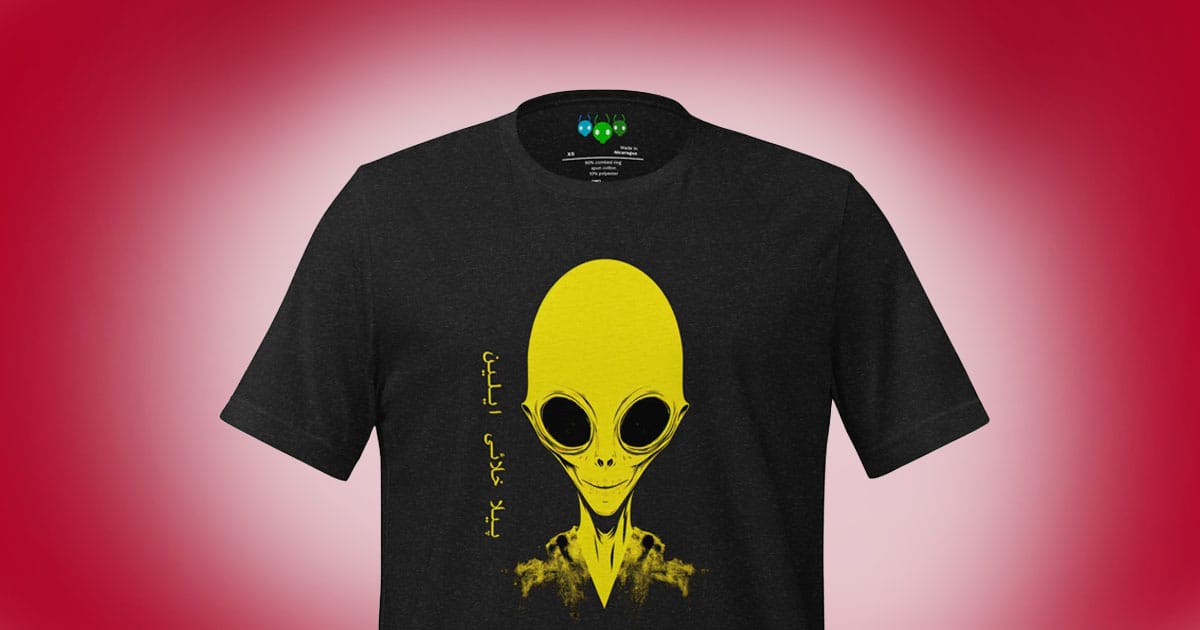
The Yellow Conehead Alien T-shirt blends cosmic humor with classic sci-fi style. A bright yellow alien with an elongated cranium and mysterious script creates a design that is both strange and striking. It works as a lighthearted nod to conehead lore and a distinctive piece of fan fashion.
Trials of Humanity in Science Fiction
When Q first appeared in "Encounter at Farpoint," he did more than introduce a recurring character. He placed humanity itself in a courtroom, demanding an answer for centuries of war and cruelty.
This dramatic device was not new. For decades, science fiction had asked the same question. Is mankind truly worthy of the future?
Early Judges of Mankind
The theme of humanity on trial had been present in science fiction long before Q’s debut. In 1951, audiences saw it in "The Day the Earth Stood Still." The alien Klaatu warned mankind that its warlike behavior would not be tolerated in a galactic community.
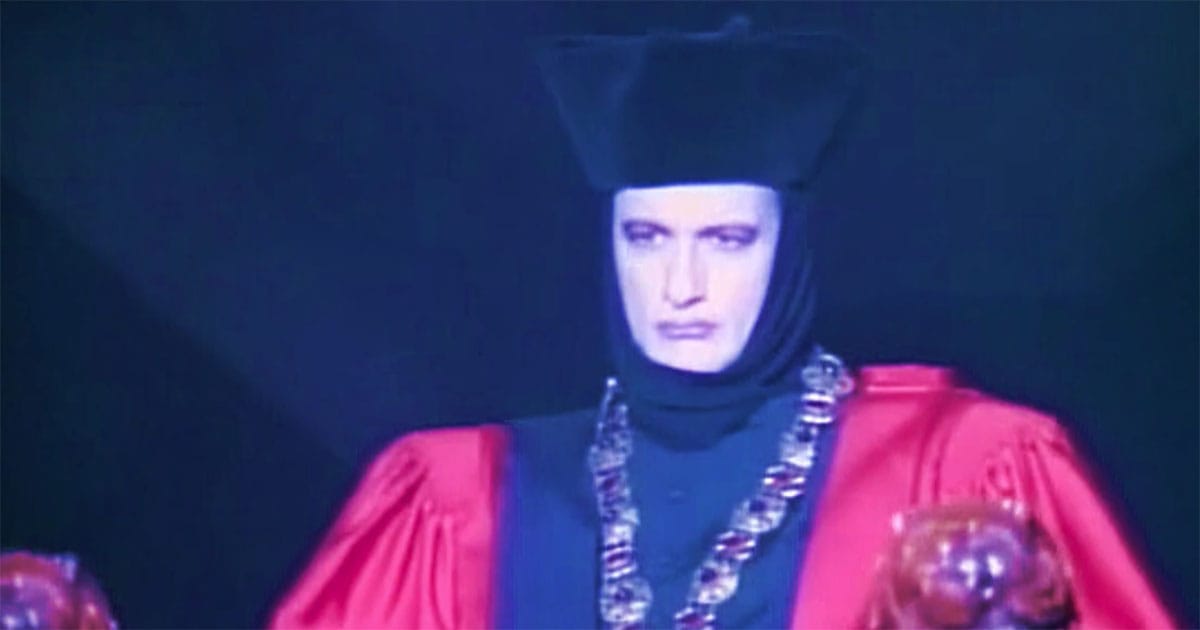
The message was blunt, change was required or destruction would follow. Television anthologies like "The Outer Limits" often carried the same warning. Episodes featured alien judges who measured human nature and often found it dangerously close to failure.
"Star Trek: The Original Series" explored this theme as well. In "The Corbomite Maneuver," Captain Kirk faced an alien whose test determined whether mankind could be trusted with advanced exploration.
In "Arena," Kirk was forced into combat as a judgment on human violence, only to earn respect by showing mercy. These early stories presented the trial of mankind as both a caution and a challenge.
The Cold War Backdrop
Science fiction of the 1960s and 1970s often reflected the anxieties of its time. The threat of nuclear war loomed over every story about mankind’s future. Writers used alien judges and godlike beings as stand-ins for the ultimate question. Could a species so close to self-destruction be trusted with survival?
Arthur C. Clarke’s "Childhood’s End" imagined humanity guided by powerful beings toward its next stage. Pulp magazines of the era frequently featured judgment-day tales where mankind had to answer for its aggression. These stories reflected both fear and hope, suggesting that only moral growth could balance technological progress.
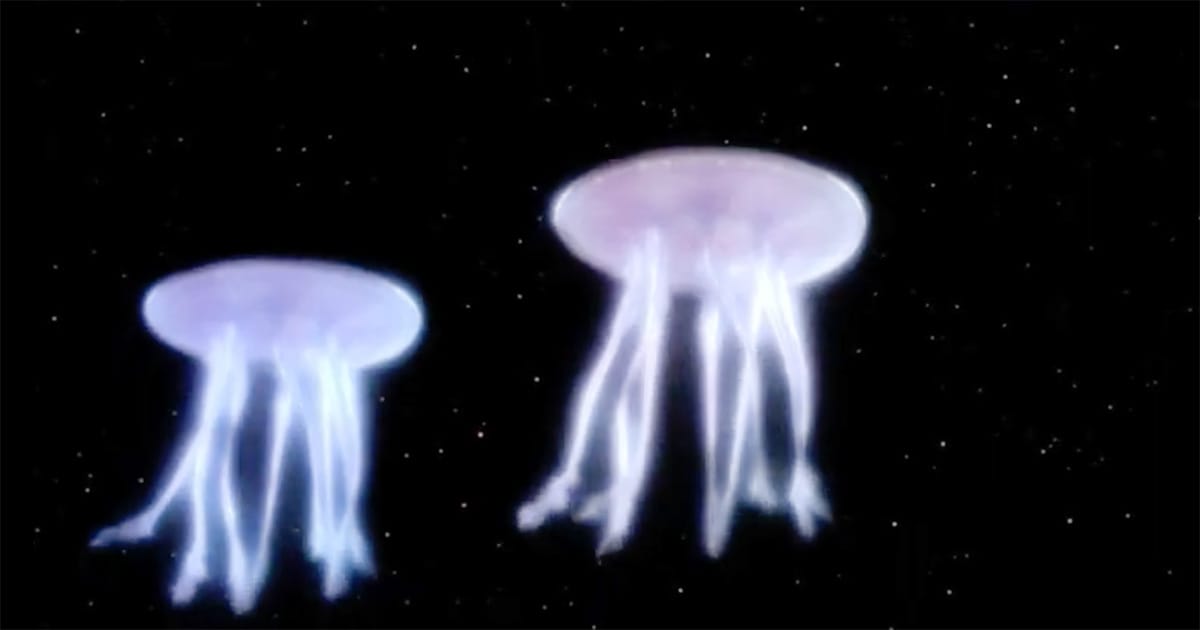
Q and The Next Generation
Q’s arrival in "Encounter at Farpoint" brought new life to the old idea. Unlike earlier judges, Q was not silent or distant. He was mocking, theatrical, and deeply interested in humanity’s flaws.
His challenge to Captain Picard and the Enterprise crew was not a single event but the framing device for the entire series. Humanity would remain on trial as long as the show continued.
What made Q distinctive was his persistence. He returned throughout the series to question, provoke, and tempt the crew. He placed Picard in impossible situations, demanding proof that humanity possessed wisdom and compassion.
This reached its peak in the series finale, "All Good Things..." where Q revealed that the trial had never ended. The challenge was ongoing, reminding viewers that judgment is never settled once and for all but continues with every choice mankind makes.
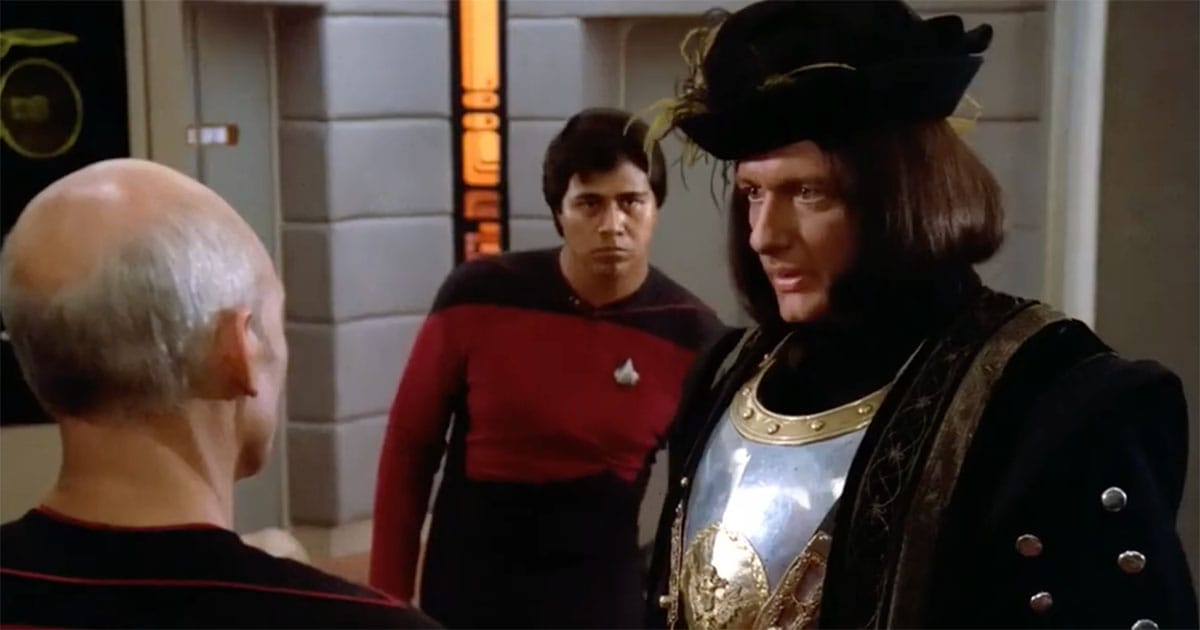
Why These Stories Matter
Stories of humanity on trial endure because they echo doubts about ourselves. Technology may advance, yet questions of morality and restraint remain.
In fiction, an external judge can ask the questions that are difficult to face. Are we wise enough to wield power? Can we rise above violence and selfishness? These trials act as mirrors, reflecting both the worst and best in mankind.
For readers and viewers, these stories offer more than warnings. They show that the future depends on conscience as much as invention. Whether it is Klaatu warning of destruction, Kirk sparing an enemy, or Picard defending humanity in Q’s courtroom, the verdict is never final. It is a challenge renewed with every generation.
The Verdict of the Stars
When Q placed humanity on trial in 1987, he continued a tradition that had shaped science fiction for decades. From films of the 1950s to the pulp magazines of the Cold War era, the question of mankind’s worth has remained central to the genre. Science fiction does not only ask where we are going. It asks whether we deserve to get there.
"Encounter at Farpoint" Trivia
- Gene Roddenberry insisted that Q be added to the premiere late in the development process. His idea was that a powerful adversary would challenge the new crew from the very start.
- The alien space jellyfish that appear in the story were among the most ambitious visual effects attempted on television at the time, combining practical models with early digital techniques.
- Patrick Stewart kept a small travel bag by the set during the first season. He was convinced the series would not last more than a year and planned to return to theater work.

